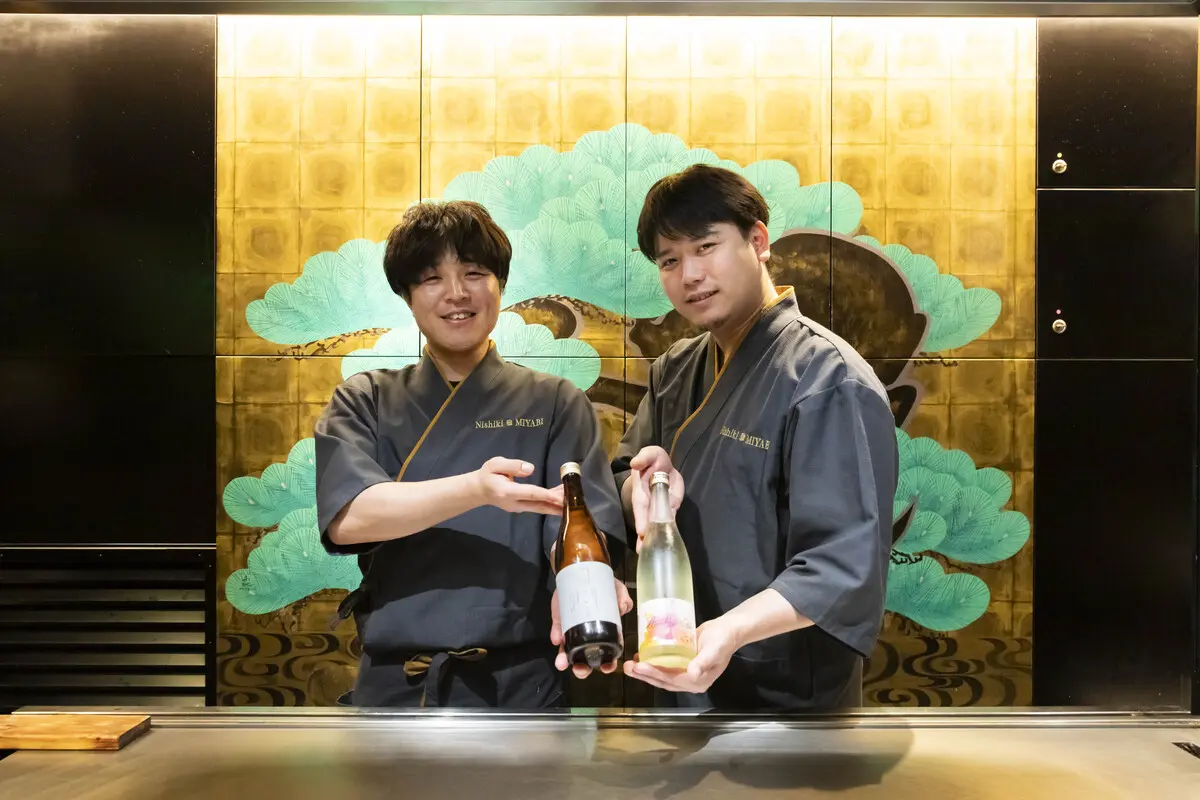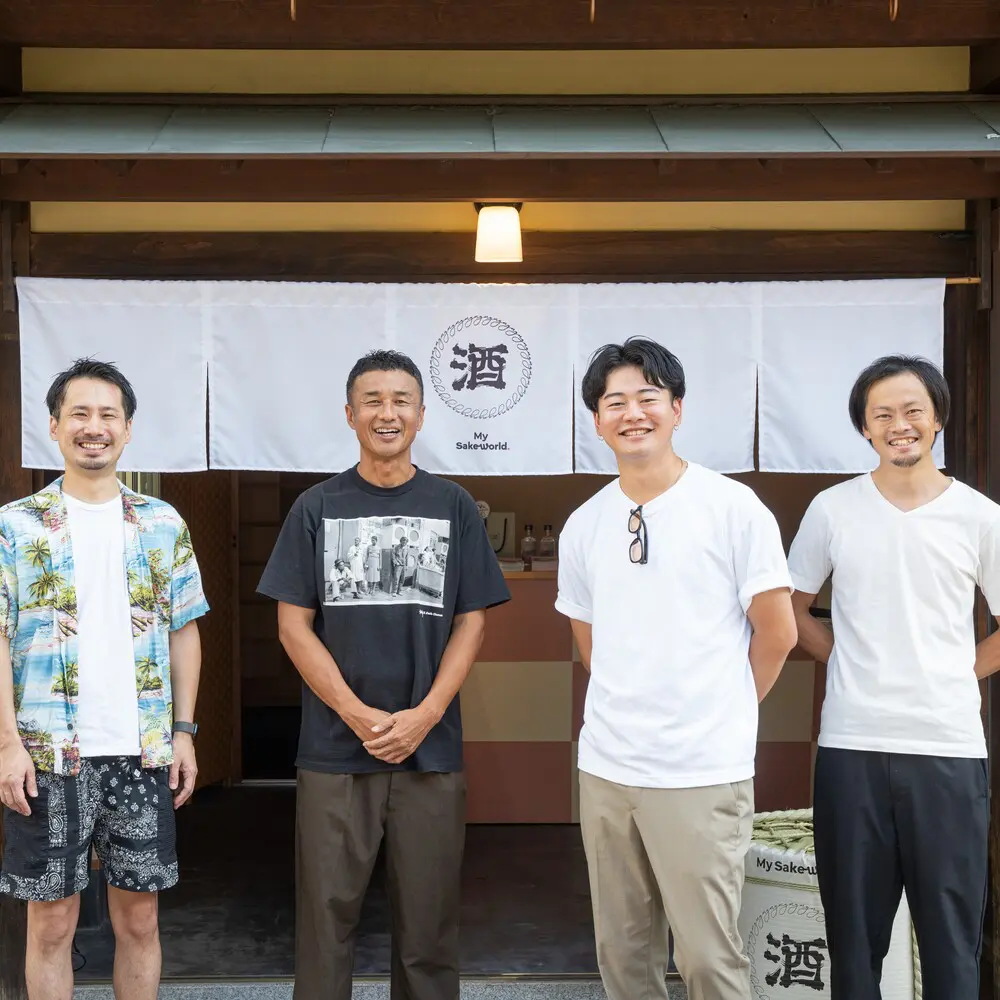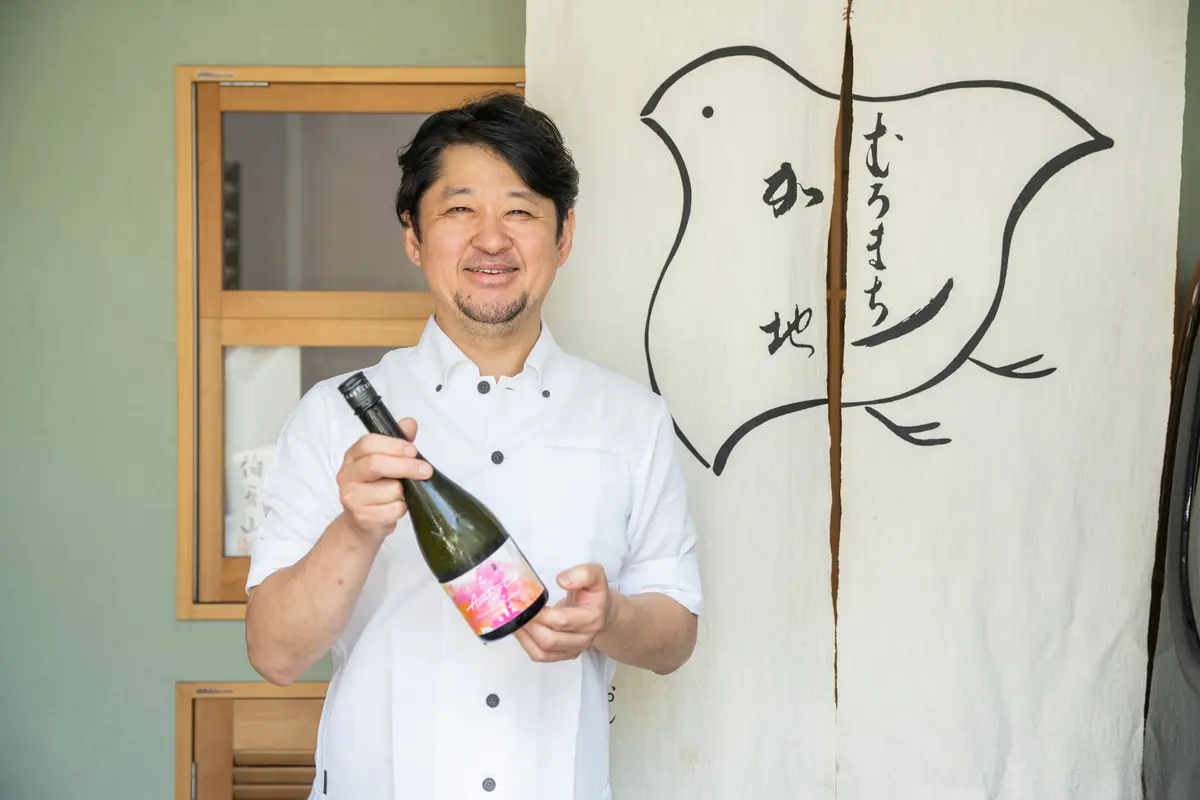The Assemblage Club, a sake brewery in Kyoto, and My Sake World, a spot where individuals, restaurants, and businesses can create their own blends of sake, were realized with the cooperation of three Kyoto sake breweries. We interviewed the breweries and people who are cooperating with and supporting this unprecedented sake blending project, to find out why they decided to participate and how it has affected their lives.
1. Sake brewing by the Kitagawa family, which is particular about rice
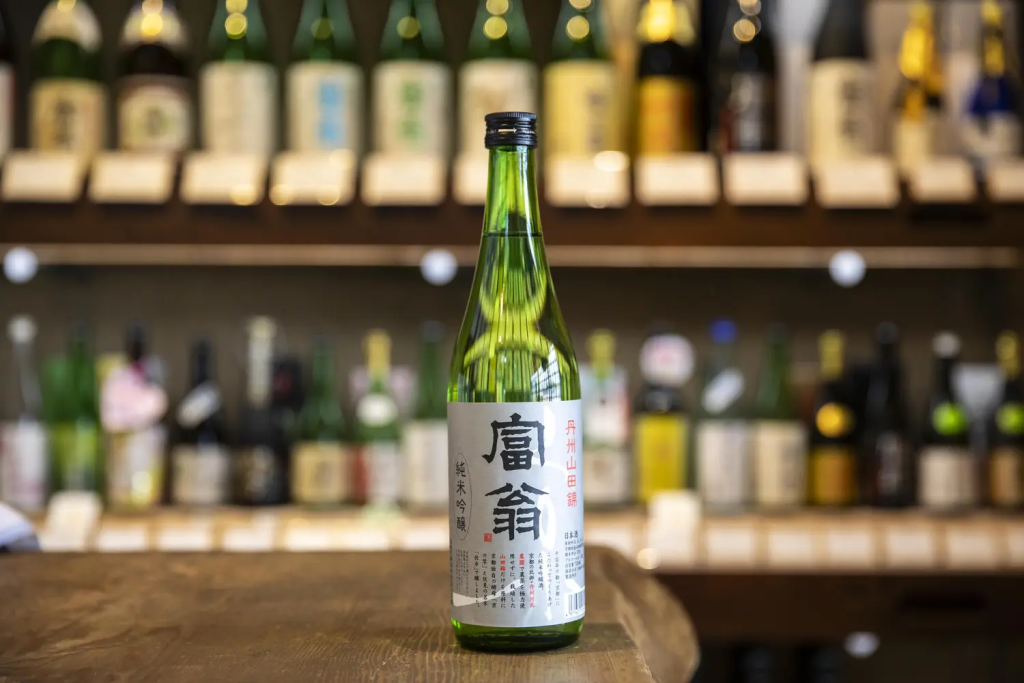
The Kitagawa family, known for its representative brand "Tomio," was founded in Fushimi, Kyoto in 1657 in the early Edo period (1603-1868), and has a history of over 360 years. It has won gold medals in the National New Sake Competition 21 times. Mr. Yoshifumi Tajima, the master brewer, is recognized as a "Contemporary Master Craftsman" by Kyoto Prefecture.
-What is Kitagawa Honke's commitment to sake brewing?
Mr. Kitagawa said, "In the old days, when there was still a classification system, we mainly made what we called "regular sake. However, we decided to change our mindset and shifted our focus from quantity to quality in order to deliver quality sake to customers who would understand the importance of quality. We are particularly particular about the rice used to make our "Tomio Junmai Ginjo Tanshu Yamadanishiki" and use Yamadanishiki grown at Kawakita Farm in Ayabe City, Kyoto Prefecture, with minimal use of agricultural chemicals. I and other brewers go to this farm to help with rice planting, and we are reminded of the importance of rice in sake brewing."
[I was intrigued by the idea of an Assemblage Club.
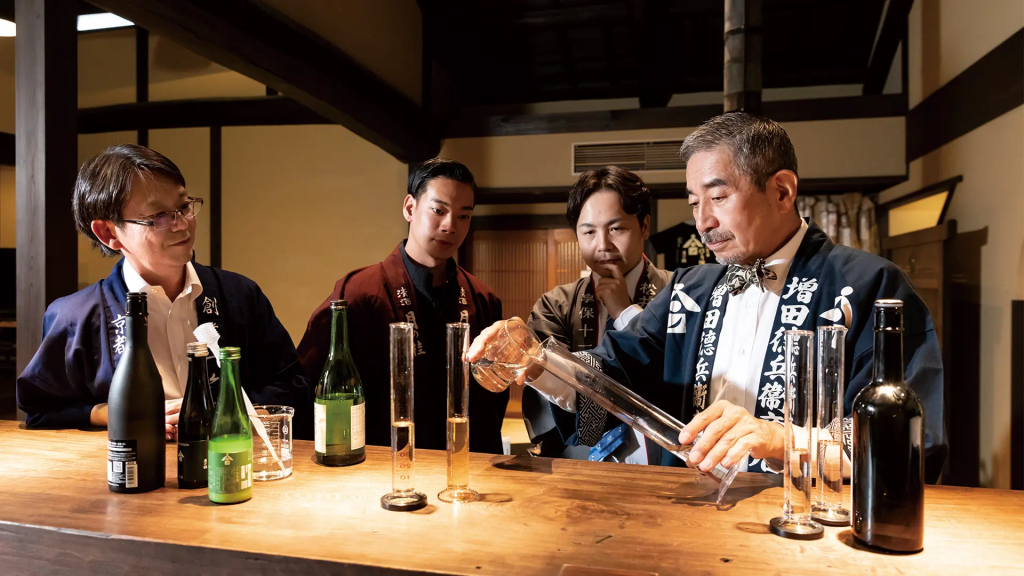
-Kitagawa Honke is a member of the Assemblage Club. How did you feel when you were first asked about the technique of blending sake from multiple breweries?
Mr. Kitagawa: "We had been using blending techniques in-house to stabilize quality, but the idea of blending with other breweries was very interesting to us. Of course, there were pros and cons within the company, but I thought that we might be able to create a flavor that we had not been able to achieve on our own, and that we would never know unless we tried it anyway.
As can be said about blending and aging sake, there are often differences that are within the margin of error numerically when the ingredients are analyzed, but when people drink the sake, the taste is clearly different. When we tasted various samples at Mr. Masuda's (Tsukitsukatsura) place during the development of the first Assemblage Club Taro, there were many things that became clear only through actual experience, such as the fact that some blends improve and others become mediocre. It was a lot of things that I could not understand until I actually experienced it.
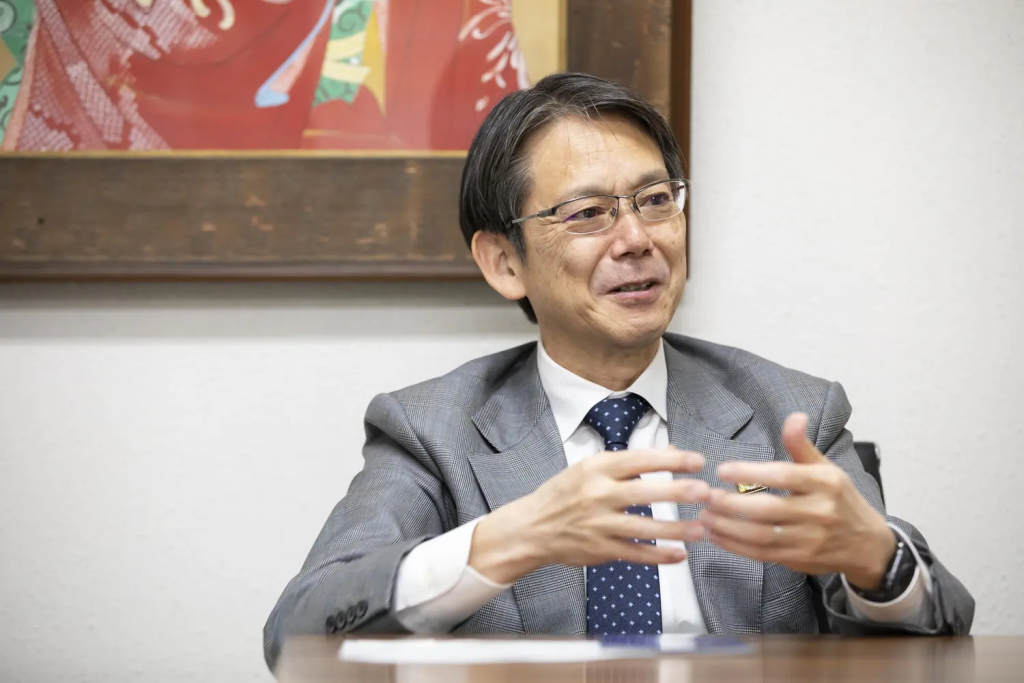
-How was the taste of the completed [Assemblage Club Taro]?
Mr. Kitagawa said, "It was quite an interesting taste, one that probably could not have been created by our company alone. I thought this was one way to expand the possibilities of sake. Compared to wine, I have always felt that the range of flavors and the price range of sake as a product is too narrow, and I wondered how we could expand that. In the past, the only way to raise the value of sake was to compete on the basis of rice polishing ratio, for example, by touting the quality and production area of the rice and saying that the sake is great because it is made from a certain percentage of Yamada-Nishiki from the special "A" district. I understand that the ingredients are expensive, but it has nothing to do with the taste of the sake. It is true that even if you use expensive ingredients, if you don't have the right technique, you will only end up with ordinary sake. In this respect, Assemblage Club differentiates and adds value through blending, which is a completely different perspective. I thought this was an idea that would never have come from the brewer's side."
-Did your participation in [Assemblage Club] have any impact on the Kitagawa head family?
Mr. Kitagawa: "Yes, we have received many inquiries from people who had never heard of our sake before, and we are glad that they are now interested in it."
My Sake World" for many people to experience
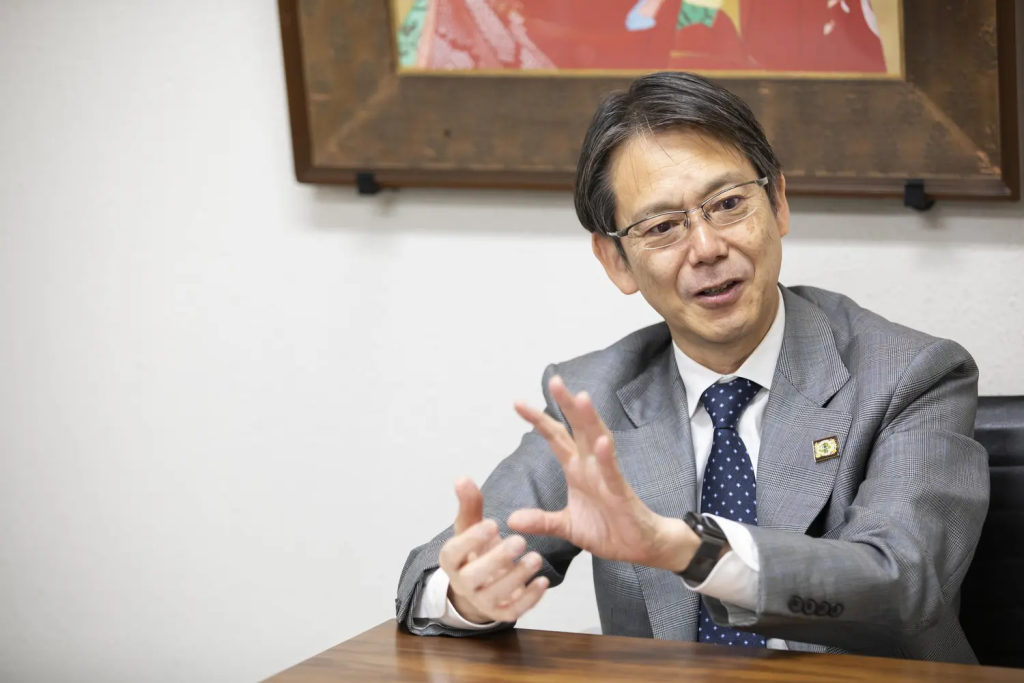
My Sake World Miike Villa, a facility that allows individuals to blend their own sake and make their own original sake, recently offered a hands-on experience. What were your impressions?
Mr. Kitagawa said, "It was very interesting. I thought that not only Japanese people but also people from overseas would enjoy and accept it, and I wanted many people to experience it. I tasted 12 kinds of sake prepared for blending, and I was able to predict what the blend would be like if I blended this with that, so I was able to get the general direction I wanted. I would like to try this not only once, but many times.
Besides, it is not easy for the general public to receive a basic lecture on sake and compare so many different kinds of sake at the same time. Through sake tasting, people can learn that sake has such a wide variety of flavors. It would be especially nice if people who thought they were somewhat averse to sake could find that they could drink this type, or that they liked this type."
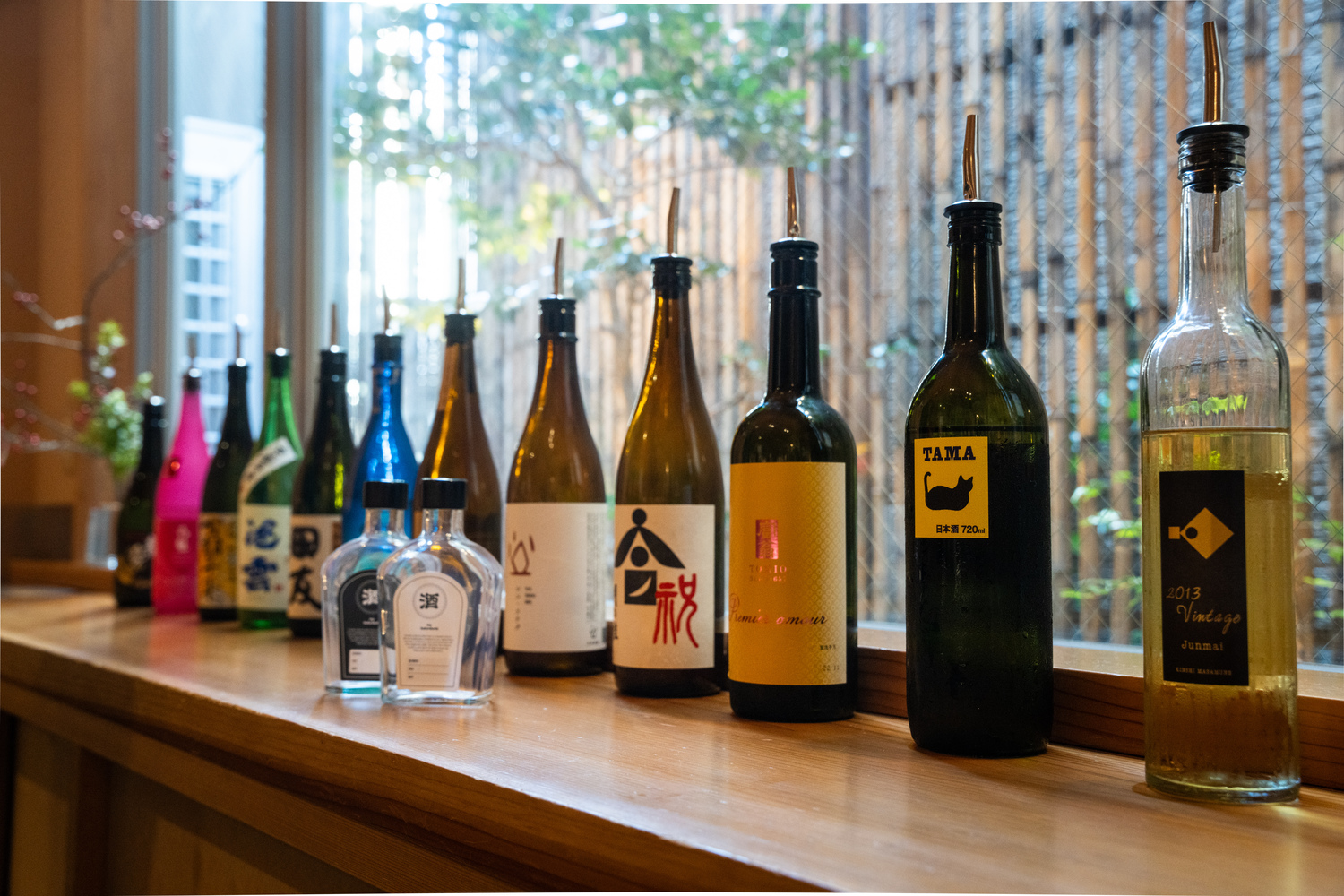
-Of the 12 varieties for blending, we heard that Kitagawa Honke's "Premiere Amour" was particularly popular.
Mr. Kitagawa: "Yes, I have the impression that people are tasting the products and buying them back after tasting them and that orders are growing in our online store."
*As of May 2025, "Premiere Amour" has been changed due to availability.
4I want people to know more about Fushimi, Kyoto, a "sake brewery
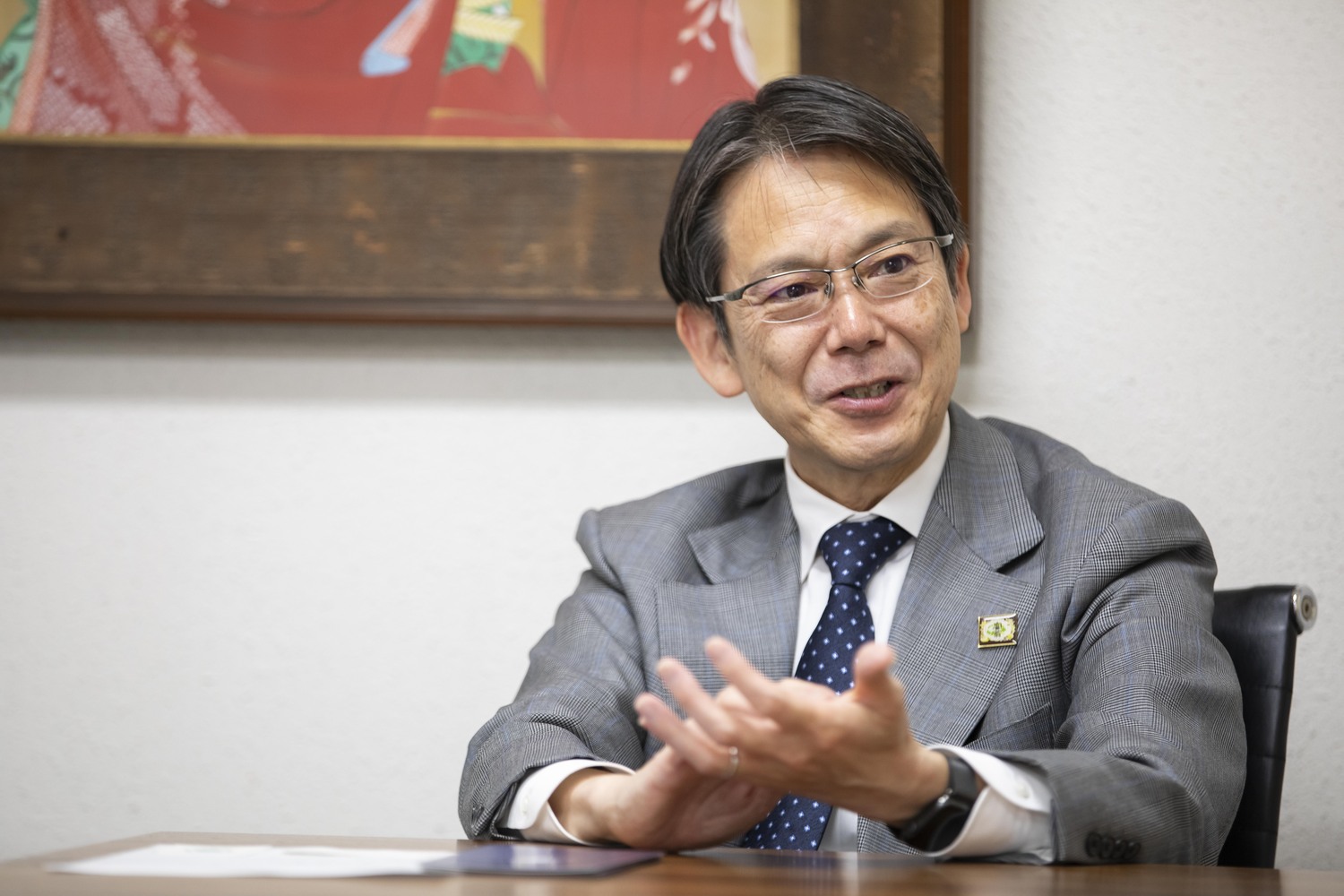
-Then please tell us about your ambitions as the new chairman of the Fushimi Sake Brewers Association, which you took office last fall, and any plans you have for Kitagawa Honke.
Mr. Kitagawa said, "What I think after being allowed to continue sake brewing here in Fushimi for so long is that I want the town of Fushimi to become more active. I want more people to know that Fushimi in Kyoto is a major sake production area. It is still known to some extent in the Kansai region, but other areas do not have the image of Kyoto as a sake production center. Especially overseas, even though Kyoto is famous, people don't seem to associate it with the fact that sake is made there.
As for exporting sake overseas, it is difficult to export to the U.S. until the tariff issue is settled, but in our case, the name of our representative brand, [Fuou], is very auspicious in Chinese. Originally, it was derived from a Chinese poem, but now it is said to mean "a wealthy person. We are planning to sell a set of these two brands not only to mainland China, but also to other Chinese-speaking countries such as Taiwan, Singapore, and Hong Kong.
During the interview, Mr. Kitagawa repeatedly said, "You don't know what "aging and blending" is until you try it. I felt that these words came from his actual experience in this field. I appreciate the fact that Sake World has chosen to work on sake blending, whereas it would be more likely to work on whiskey or wine," said Mr. Kitagawa. I am grateful to Sake World for doing this with sake," said Mr. Kitagawa.
Seeing him constantly thinking about sake and the community as the representative of the Kitagawa head family and as the chairman of the Fushimi Sake Brewers Association, I feel the joy of working with him on new initiatives for sake.



![日本酒の“熟成とブレンド”はやってみないとわからない京都伏見[北川本家]北川幸宏さんインタビュー](https://sakeworld.jp/abc/wp-content/uploads/2025/10/3B9A5074.webp)
